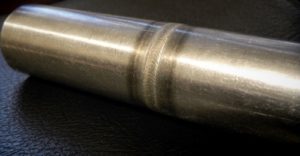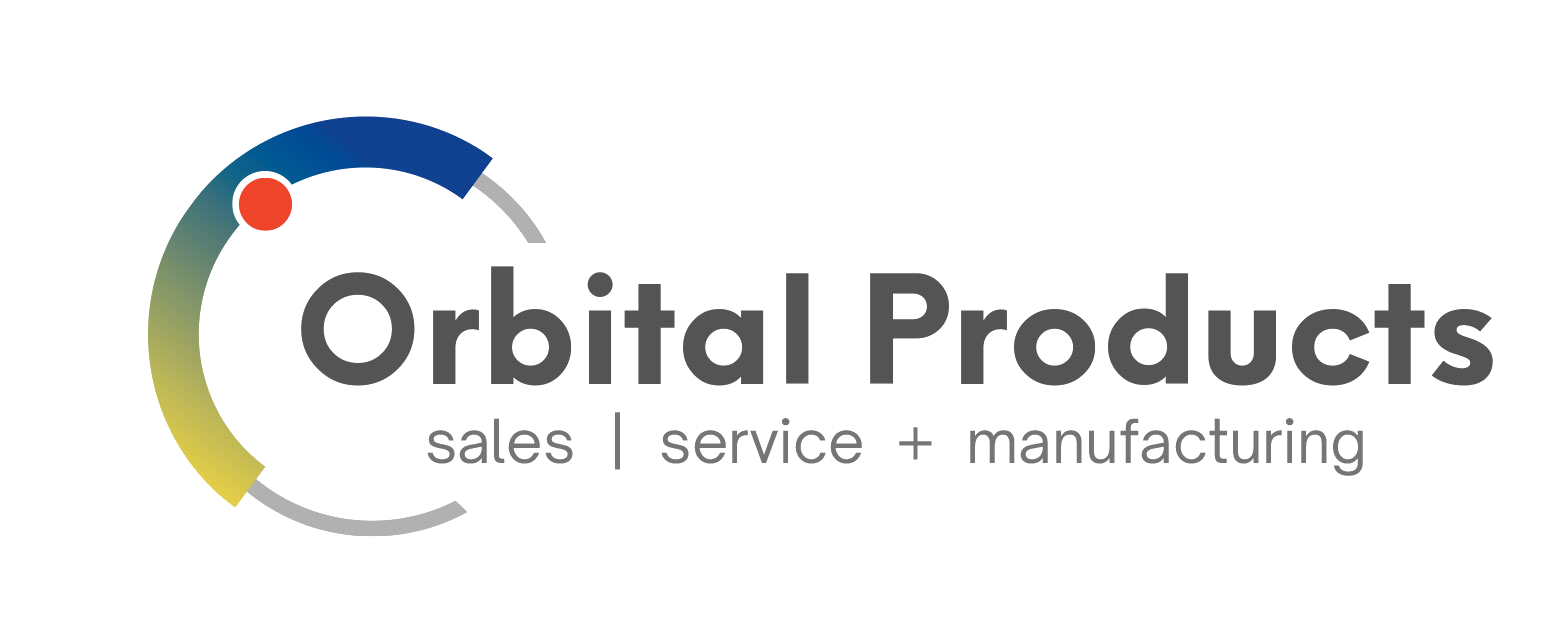
Fusion welding is a process where the base (metals being joined) materials are heated to its melting temperature and then allowed to solidify to form a metal joint. It can be divided into three categories: homogeneous, heterogeneous, and autogenous.

1. Autogenous: No filler material is used. Instead, the base material is fused together to create the weld.

2. Homogeneous:Use of filler material. The filler material is the same as the base material.

3. Heterogeneous:The filler material is different from the base material. Typically, the filler is a steel, copper, zirconium, magnesium or nickel-based alloy, but can also be an electrode that is consumed during the welding process.

Now you may be wondering: “is filler material required to make a good weld?” the answer is no. Autogenous welding, when used appropriately, yields excellent welds for critical industry applications such as fuel lines and hydraulic piping in aerospace industry.
TIG or GTAW is one of the most common types of autogenous welding. Other types of autogenous welding are Laser Beam Welding (LBW), Electron Beam Welding (EBW), Plasma Arc Welding (PAW).
Among the three autogenous welding method, TIG / GTAW is the easiest to be automated into an orbital welding system for pipe & tube welding. However, autogenous fusion is limited to pipe or tube wall thickness (not more than 3 millimeters). This is to avoid a lack of penetration depth, which may result in weld failure.
